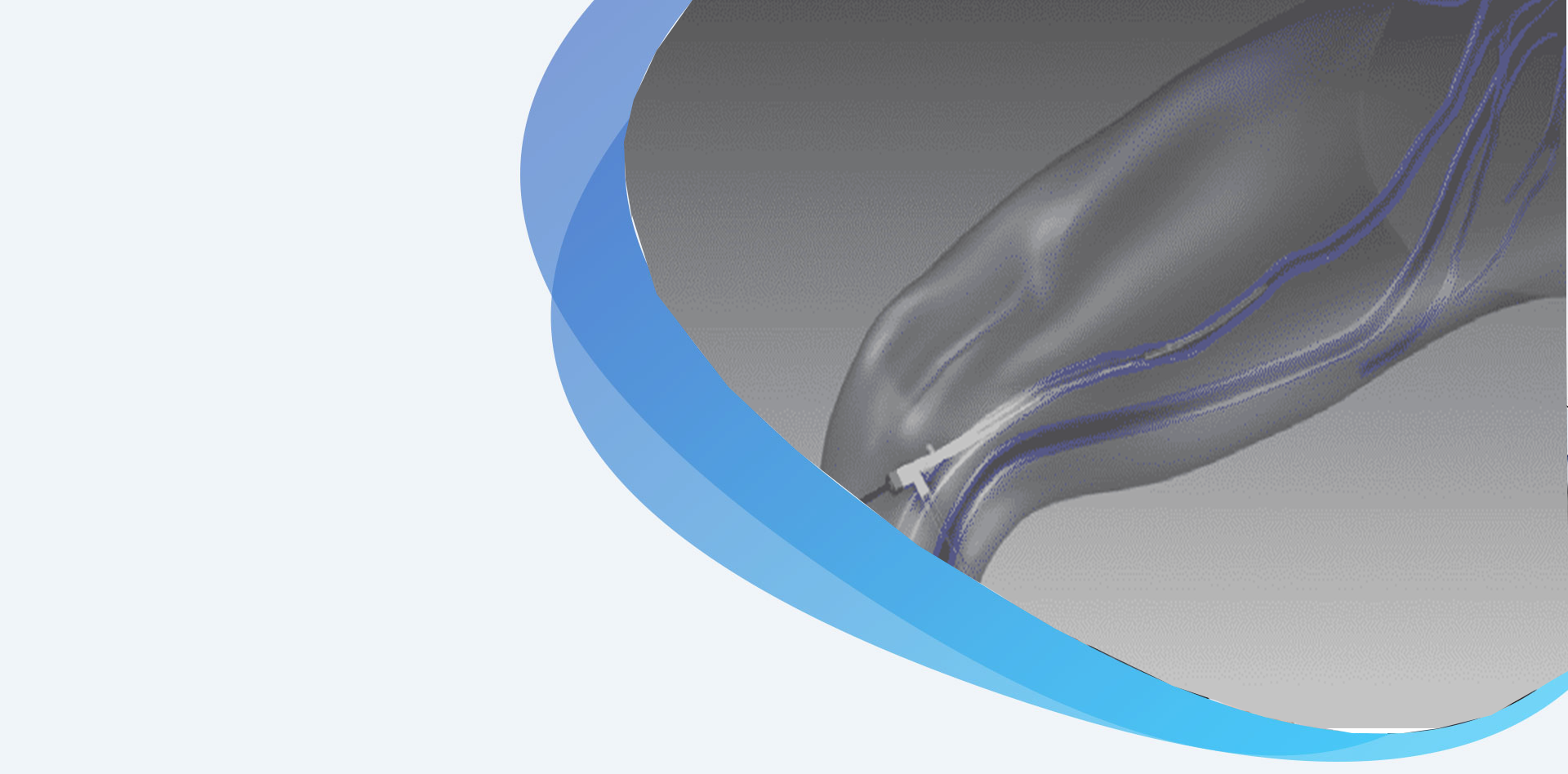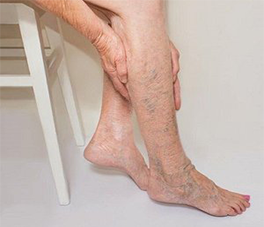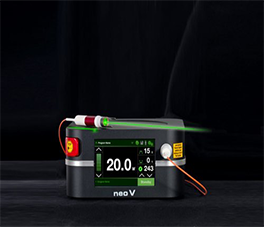RFA Varicose Veins


Large bulging veins in the legs that can cause many different types of symptoms. Varicose veins can occur in almost anyone and affect up to 35% of people in the India. You may inherit a tendency to develop varicose veins from a parent. Women, women who have had multiple children, and obese persons are at a higher risk.
The treatment takes 45 to 60 minutes. The entire treatment (including time to prepare and recover) takes about 1 to 3 hours. You can go home the same day. For the treatment:
You’ll lie down on a hospital bed.
An imaging method, such as ultrasound, is used to guide the procedure.
The leg to be treated is injected with numbing medicine.
Once your leg is numb, a needle makes a small hole (puncture) in the vein to be treated.
The catheter with the RF heat source is inserted into your vein.
More numbing medicine may be injected around your vein.
Once the catheter is in the right position, it is then slowly drawn backward. As the catheter sends out heat, the vein is closed off.
In some cases, other side branch varicose veins may be removed or tied off through a few small cuts (incisions).
When the treatment is done, the catheter is removed. Pressure is applied to the insertion site to stop any bleeding. An elastic compression stocking or a bandage may then be put on your leg.
You will be able to walk following the treatment, and recovery typically is short. You are likely to be able to return to your normal daily routine after simple laser treatment.
After Radio Frequency Laser Treatment, you will wear compression stockings for 1 week or more. To follow up, your doctor will use duplex ultrasound to make sure that the vein is closed.

Once at home, follow all the instructions you’ve been given. Be sure to:
Take all medicines as directed
Care for the catheter insertion site as directed
Check for signs of infection at the catheter insertion site (see below)
Wear elastic stockings or bandages as directed
Keep your legs raised (elevated) as directed
Walk a few times a day
Avoid heavy exercise, lifting, and standing for long periods as advised
Avoid air travel, hot baths, saunas, or whirlpools as advised

Call your Vascular Surgeon if you have any of the following:
Fever of 100.4°F (38°C) or higher, or as directed by your provider
Chest pain or trouble breathing
Signs of infection at the catheter insertion site. These include increased redness or swelling (inflammation), warmth, increasing pain, bleeding, or bad-smelling discharge.
Severe numbness or tingling in the treated leg
Severe pain or swelling in the treated leg
You’ll have a follow-up visit with your healthcare provider within a week. An ultrasound will be done to check for problems, such as blood clots. Your provider will discuss further treatments with you, if needed.

Side effects of RFA treatment include:
The more experience your doctor has had with RFA, the less risk you are likely to have. Talk to your doctor about how often these side effects happen in his or her practice.